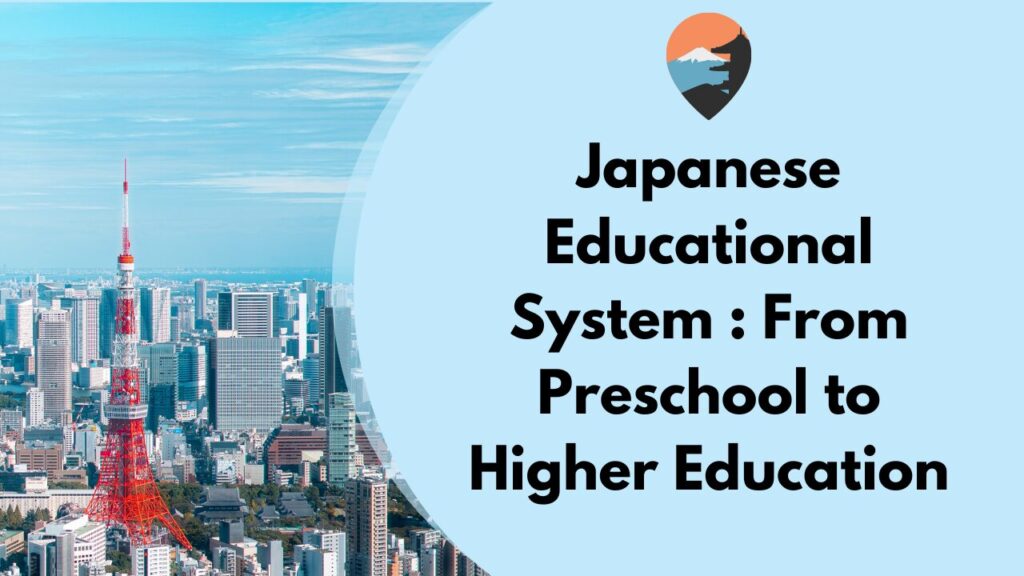English education in Japan has traditionally focused on reading and writing, but recent reforms signal a shift towards practical communication skills in an increasingly globalized world. This article delves into Japan’s journey of educational reforms, initiated in 2020, aimed at fostering English proficiency and preparing individuals to thrive in a globalized society.
Let’s explore these reforms with comparative analysis with other Asian countries and explore the challenges and initiatives aimed at improving English proficiency.
Background of English education reform
On average, Japanese students had been learning English for ten years from junior high school to university. They study English for a total of approximately 625 hours over six years, with 265 hours in junior high school and about 360 hours in high school.
Despite this significant amount of English learning, the average English proficiency of Japanese people was rated much lower compared to other countries. Japan ranked 26th out of 29 Asian countries in terms of average TOEFL IBT scores, highlighting gaps in English education effectiveness in Japan.
The traditional approach to English education in Japan focused heavily on grammar and vocabulary memorization. However, it did not develop practical communication skills of students effectively.
To address this issue, recent reforms to English education has been implemented nationwide across national, public, and private schools. Beginning in 2020 with elementary schools, it was extended to middle schools in 2021, and high schools in 2022.
Strengthening English Education in Japan: Changes by the Educational Reform in 2020

Purpose of the Educational Reform
In 2020, the Japanese government embarked on the largest education reform since the post-war era. This reform aimed to address the need for individuals capable of thriving in an increasingly globalized world with a specific focus on English education. The revision of the curriculum guidelines, which had not been significantly updated for about ten years, prioritized practical communication skills in English education.
Points focused on in the new curriculum
“Communication” is emphasized throughout the revised curriculum guidelines. It is indicating an intention to emphasize listening and speaking skills in addition to the traditional focus on reading and writing. The new curriculum guidelines encourage interactive activities, group work, and real-world tasks to promote active engagement and authentic language use.
Reform of English Education in Elementary Schools

English Becomes Mandatory
As a result of these reforms, English is now a compulsory subject in elementary schools in Japan. Starting from the third grade, students engage in “Foreign Language Activities”, with dedicated “English” classes introduced as a part of the five-year elementary school system.
Focus on Oral Communication
In response to these reforms, elementary schools are prioritizing “oral” instruction shifting away from a purely academic approach. Emphasizing English conversation education, encouraging students to engage in spoken communication from an early age. Supplementary tools like alphabet letters and words act as supplementary tools to aid pronunciation, while gestures enhance non–verbal communication skills.
Creating a Supportive Learning Environment
Efforts have been made to create a learning environment that familiarizes students with listening and speaking English at an early stage. This proactive approach aims to instill confidence and fluency in English communication skills among elementary school students.
Measures to improve English Proficiency
Providing opportunities to Communicate with Native English Speakers
In addition to changes in the school curriculum, there are also initiatives to promote English proficiency through communication with native English speakers.
The government has introduced various English language programs, such as the Japan Exchange and Teaching (JET) Program. This program facilitates interaction between students and native English speakers, promoting real-life language experiences that enhance listening and speaking skills.
Empowering Educators

In an effort to improve English Education, they are focusing on enhancing the quality of teachers in Japan. Teachers are encouraged to create a classroom environment that encourages students to actively participate in English communication. The government is promoting the professional development of English teachers through training programs, workshops, and support systems. The aim is to enhance teachers’ linguistic abilities and pedagogical skills to create more engaging and effective English language learning experiences for students.
English Education: Differences from Other Asian Countries

English education in Japan differs from many other Asian Countries due to its use of the Japanese language as the medium of instruction. In Japan, they use the Japanese language to teach English. In other Asian countries, English is often taught in English itself. Even other subjects such as mathematics may also be taught in English.
This is because when English education began in Asian countries, there was a lack of English words in their native languages to correspond to English. In contrast, Japan’s historical integration of using loanwords and adapting specialized terminology to the Japanese language since the Meiji era facilitated the development of educational materials and textbooks in Japanese.
While Japan’s educational policies have traditionally favored Japanese instruction, they have shifted towards using English as the primary medium of instruction. Some schools in Japan already conduct all classes in English, reflecting a gradual transition in educational policies.
Summary
The demand for the practical use of English in daily life is growing with the advancement of globalization. While the traditional approach to English education in Japan has faced criticism for its limited emphasis on practical communication skills, recent reforms aim to address these concerns. With new curriculum guidelines and initiatives to improve teaching quality are being introduced to promote English proficiency outside the classroom.
The transformation of English education in Japan is an ongoing process. Achieving sustained improvement in English proficiency requires commitment from various stakeholders, including the government, educators, parents, and students themselves. Through the collaborative efforts of stakeholders, Japan is committed to transforming English education.
For those who want to know more about Japanese education
Shin Edupower provides programs that enable online exchange and collaboration between schools in India and Japan, as well as study tours to Japan for educators and students. If you would like to know more about education in Japan, please feel free to contact us here.




